|
Learn about scene technique with special guest, editor, book coach and story consultant Lisa Poisso. A must-listen for editors and authors alike.
|
Discover how to scale your editing business and earn extra income
Learn how to supplement your editing earnings by creating problem-solving products, including books, that customers will love to buy, and all using your existing knowledge base.
|
She is an Advanced Professional Member of the Chartered Institute of Editing and Proofreading (CIEP), a member of ACES, a Partner Member of The Alliance of Independent Authors (ALLi), and co-hosts The Editing Podcast.
- Get in touch: Louise Harnby | Fiction Editor & Proofreader
- Connect: Twitter at @LouiseHarnby, Facebook and LinkedIn
- Learn: Books and courses
- Discover: Resources for authors and editors
What’s in this post ...
- Why the start of a sentence is important.
- What filter words are.
- How filter words reduce momentum.
- How filter words make space for reflection.
Why the start of a sentence is important
While a novel that reads like a Google snippet from start to finish isn’t likely to win any prizes, the principle is worth paying attention to because the information at the start of a novel’s sentence is still what the reader will pay most attention to.
The start of a sentence is therefore valuable real estate. If filter words are being assigned to that top spot too often, more interesting subjects and verbs are likely being demoted.
What are filter words?
- Sunlight filtered through the tree canopy.
- Over the next couple of hours, information about the explosion filtered out of the camp.
- The children filtered through the turnstile and lined up in in yard.
In literature, filter words are verbs that do a similar thing – they slow down the reader’s access to what the viewpoint character is experiencing.
Examples include 'watched', 'saw', 'noticed', 'spotted', 'looked at', 'felt', 'thought', 'wondered', 'heard', 'realised' and 'knew'.
Take a look at this short excerpt from Chapter 2 of Razorblade Tears by S.A. Cosby.
Ike is the viewpoint character, which means we experience the scene from his perspective.
Notice first what’s front-loading those two sentences. The subjects (Ike in the first, ‘she’ – Ike’s wife – in the second) and the verbs ‘let go’ and ‘slumped’.
That front-loading forces our gaze outwards – first towards Ike, then towards the movement of Ike’s wife’s body.
Now let’s introduce a filter word.
Now the second sentence is front-loaded with a new verb – ‘watched’. Our access to the movement (the slumping) has been slowed down. We can’t shift directly to it without taking an extra step that involves centring our gaze for just a second on Ike’s watching.
In that brief moment, we’re no longer looking outward at what Ike’s experiencing. Instead, we’re looking inward at Ike and how he acquires that experience – by watching.
Less experienced writers can be tempted to overuse filter words. Indeed, it’s one of the most common problems I see in my editing studio. At sentence-level revision stage – whether that work’s being done by the writer themselves or with the help of a professional editor – it’s therefore worth watching out for them and assessing whether they’re impeding the novel’s pace.
When filter words reduce momentum
Problematic filter words can appear anywhere in a sentence, but front-loading sentences with them is even more likely to rip the momentum out of the prose. If you want your readers to focus on the action, make sure that any you retain are earning their keep.
Take a look at an excerpt from a published thriller that I’ve fiddled with. It’s a heist scene and the action takes place in a matter of seconds. The viewpoint character is coked up to his eyeballs and desperate, acting on impulse.
Ronnie struck the manager just above her right eye with the butt of the .38. He watched as a divot the width of a popsicle stick appeared above her eye. Blood spewed from the wound like water from a broken faucet.
The three instances of filtering moderate the pace and draw our attention towards the narrator’s doing knowing, thinking and watching, none of which are as interesting as what he knows, thinks and watches. All those filter words act as barriers that the reader has to jump over in order to get to the action.
We could even argue that they introduce a sort of voyeurism – as if Ronnie is reflecting on the impact of his violence, almost in slow motion. But that’s not what’s going on here. Rather, he’s wired, out of control and operating in the moment.
And that’s why the unadulterated version of Blacktop Wasteland (p. 113) – also by S.A. Cosby – is perfect:
|
Under normal circumstances he would never put his hands on a lady. However, these were not normal circumstances. Not by a long shot.
Ronnie struck the manager just above her right eye with the butt of the .38. A divot the width of a popsicle stick appeared above her eye. Blood spewed from the wound like water from a broken faucet. |
The filter words have gone, and with them the unintended pathological introspection, but the momentum is restored. We're in the moment with Ronnie as he lashes out. It's no less violent but the pace of the prose now mirrors the action authentically.
When filter words make space for reflection
Let’s take a look at another example from Cosby’s Razorblade Tears, this one also from Chapter 2.
The filter phrase is ‘looked at’, and it’s important. Ike is looking hard at what’s in front of him. As will be revealed later, this girl is his murdered son’s daughter. Ike recalls something he’d said to his son a few months earlier: ‘But that little girl, she gonna have it hard enough already. She's half Black. Her mama was somebody you paid to carry her, and she got two gay daddies. So now what?’
Ike and his wife will now be raising the little girl. Cosby wants to focus our attention inward for a moment on Ike’s reflection, and the filter word makes space for that.
While filter words can be effective when they’re used to create a sense of introspection, littering prose with them will be disruptive and pull the reader out of the viewpoint character's headspace. In other words, the psychic or narrative distance will be widened and we’ll feel disconnected from the immediacy of the character’s experience.
For that reason, always use filter words judiciously. In the above example, Cosby offers just a single nudge, and it’s enough.
Summing up
- When filter words front-load a sentence, they’re the first thing a reader notices.
- They destroy momentum and so are often best avoided in pacy action scenes, regardless of their position.
- And even if they do serve a purpose – focusing a reader’s attention inwards on how the viewpoint character acquires the experience they’re reporting (by looking, thinking, feeling etc.) – it's worth keeping their use to a bare minimum. One nudge will likely be enough.
Further reading
- For editors: Fiction editing learning centre
- For authors: Line craft learning centre
- Becoming a Fiction Editor (free booklet for editors)
- Blacktop Wasteland, Cosby, S.A., Headline, 2020
- Editing Fiction at Sentence Level (book for editors and authors)
- Filter words in fiction: Purposeful inclusion and dramatic restriction (blog post)
- Making Sense of ‘Show, Don’t Tell’ (book for editors and authors)
- Narrative Distance: A Toolbox for Writers and Editors (course)
- Razorblade Tears, Cosby, S.A., Headline, 2021
- Switching to Fiction (course for editors)
She is an Advanced Professional Member of the Chartered Institute of Editing and Proofreading (CIEP), a member of ACES, a Partner Member of The Alliance of Independent Authors (ALLi), and co-hosts The Editing Podcast.
- Get in touch: Louise Harnby | Fiction Editor & Proofreader
- Connect: Twitter at @LouiseHarnby, Facebook and LinkedIn
- Learn: Books and courses
- Discover: Resources for authors and editors
1. Understand the different types of editing
The first draft of a book is unlikely to be ready for proofreading. Instead, focus on structure first – so how the story hangs together as a whole.
Next comes stylistic line work that focuses on the flow and rhythm of prose.
Copyediting comes after that. This is the more technical side of the work that looks at consistency and clarity.
Only then is it time for the quality-control stage: proofreading.
Writers who want to know more can watch a video, listen to a podcast episode or download a booklet.
2. Top tools and methods for writers on a budget
- community
- content
- craft books
- courses
- conscious language
Community
Take a look at the Alliance of Independent Authors (ALLi) and the Society of Authors. They’re two fine examples of organizations who are dedicated to supporting writers at different stages of their journey.
Membership includes access to free and affordable paid-for events and resources. But they offer something else that’s incredibly valuable too – a network of like-minded people.
Trying to make your mark in the publishing world can feel overwhelming, so being able to get advice and inspiration from others on the same journey is priceless.
Content
There’s a ton of useful – and free – guidance about the craft of writing online, so it’s worth budget-sensitive writers spending time digging around in the search engines. However, those interested in sentence-level guidance can visit my resource library as a first port of call.
I also recommend The Creative Penn, a superb knowledge bank through which Joanna Penn guides aspiring authors on how to write, how to get their books published and how to make their work visible. I love Joanna’s genuine and approachable teaching style, and how she makes self-publishing accessible to everyone.
Craft books
Books are the most affordable way I know of accessing high-quality guidance. There are lots – too many to mention here – but I recommend fiction writers start with The Magic of Fiction by Beth Hill because it pays attention to structure and helps writers create a great first draft.
My own Editing Fiction at Sentence Level focuses on line craft that helps writers refine the flow, rhythm, mood, voice and style of their prose.
And Joanna Penn’s How to Write Non-Fiction takes authors step by step through the whole book-creation process – from mindset to marketing and everything else in between.
Courses
Love learning at your own pace? Online courses are an affordable and convenient way to study in a multimedia environment.
There are lots to choose from. For starters, take a look at Joanna Penn’s business-focused author courses, and for craft-based tuition for fiction, try Narrative Distance: A Toolbox for Writers and Editors and Preparing Your Book for Submission, two courses from my own training stable.
The National Writing Centre also offers online training that aims to build authors’ confidence. Some of their courses are even free. The NWC also partners with the University of East Anglia to provide more in-depth premium creative-writing courses that come with tutor support.
Conscious language
Anyone who’s aware of the events surrounding Kate Clanchy’s Some Kids I Taught and What They Taught Me will understand the importance of reviewing their work through the lens of representation.
I’m not for a minute suggesting that a work of fiction or non-fiction has to follow a set of prescribed ‘rules’ about what can or can’t be written, but rather that writing means applying the same mindfulness to the words we put on a page as those that come out of our mouths.
When we write, we’re building a relationship with our readers, even though we don’t know who most of them are. And so consciously considering whether our words are helping or harming is just good human practice – one that means our books function as we intend them to, whether that’s to teach or to entertain.
For authors who want a little more guidance on this, I have a free booklet on inclusive and respectful writing. It doesn’t prescribe, just helps writers make informed decisions.
3. Manage your first draft appropriately
Once that’s done, put the book away – just let it sit for a while – then revisit it and decide what’s working and what isn’t, what needs refining, amplifying or deleting.
Perhaps follow Sophie Hannah and Jeffery Deaver’s lead and create detailed outlines that help keep you on track even at first-draft stage. You can read more about Hannah’s method in ‘Why and how I plan my novels’.
If you do decide to work with an editor, invest time in finding someone who’s a great fit for you: someone who gets you and is engaged with what you’re doing with your writing.
That person should also be offering the right level of editing (see 1. Understand the different types of editing).
And tell them if you’re nervous about being edited; it’s perfectly normal to feel that way. Just bear in mind that they’re on your side and are working for you, for your book and for your reader!
4. Understand the difference between style, convention and peevery
Do I have preferences? I do – everyone does – but that’s all they are and they have no business in the work that editors do for their clients. Our job is to focus on a client’s goals, the world of their story, and the readers who’ll come along for the journey.
There are stylistic and grammatical conventions in writing, and a professional editor should understand those and be mindful of them, but editing requires a malleable mindset that respects voice and rhythm as much as anything else.
It’s about sense and sensibility, not prescriptivism and pedantry.
Listen right here to this collection of episodes from The Editing Podcast on language, grammar and style:
5. Recognize the pros and cons of being your own publisher
The main disadvantage is … you get to control everything!
You’re the publisher as well as the writer, which means you decide which books to write and publish, what the cover will look like, which levels of editorial help to commission, which channels to distribute your book through, what the price will be, what formats the book will be available in, and how your promotion strategy will play out.
That’s a lot of work – work that costs you time and money. Publishers will do some of it for you. Still, that will come at a cost because you’ll be taking a royalty that’s likely lower than the return from selling direct.
Being your own publisher isn’t everyone’s wheelhouse, but for those who want to be in control, there’s never been a better time to wear that hat because of all the technical solutions available to authors.
Any writer can use Amazon. It’s the biggest bookstore on the planet. But you might want to sell direct via your website, too, because that’s your very own shop window.
Platforms like Payhip and BookFunnel have made that possible, and it’s made it easy … not just for you but for your customers too.
And for authors who are not only writing but also teaching about writing, there are multiple platforms that support that too – LearnDash (Wordpress plugin), LearnWorlds and Teachable for example.
6. Take control of cramped and communal work spaces
I realize that everyone’s situation is different, but I hope at least one of the following tips will speak to anyone trying to carve out a dedicated work space.
- Agree boundaries in shared spaces: Decide which part is yours and which is theirs, and respect that.
- Create boundaries in multifunctional spaces: Some writers have to work in a bedroom, kitchen or living room. If there’s enough space, fence off a corner with a panelled room divider. These can be pricey so an alternative is to install a rail and fashion a curtain from an old duvet cover or sheet.
- Use mobile desks in cramped spaces: Mobile desks are readily available online and are priced competitively so that even writers on a smaller budget can house a monitor, keyboard, mouse and hard drive. Complement with a storage trolley for your books and stationery. Wheel the whole lot into another room when required!
Summing up
You’re not alone. There’s a ton of help available to help you … whatever your budget and whatever subject or genre you’re writing in. These 6 tips barely scratch the surface, but I hope they at least inspire you to take the next steps of your indie-author journey with confidence.
She is an Advanced Professional Member of the Chartered Institute of Editing and Proofreading (CIEP), a member of ACES, a Partner Member of The Alliance of Independent Authors (ALLi), and co-hosts The Editing Podcast.
- Get in touch: Louise Harnby | Fiction Editor & Proofreader
- Connect: Twitter at @LouiseHarnby, Facebook and LinkedIn
- Learn: Books and courses
- Discover: Resources for authors and editors
What's covered in this post
- How there are multiple Englishes with different spellings
- The difference between spelling style and voice
- A case study from the 007 files
- Overcoming ‘But it looks wrong’
- Adding regional flavour to voice
- 3 examples of when spelling inconsistency works
- A note on suffixes, dashes and quotation marks
Multiple Englishes, different spellings
Most words are spelled the same regardless of which English is in play, though there are many that aren’t, for example ‘color’/’colour’, ‘judgment’/‘judgement’, ‘harmonize’/‘harmonise’, ‘behavior’/‘behaviour’, ‘gray’/‘grey’, 'liter'/'litre'.
None are right or wrong, better or worse, or correct or incorrect. Rather, the way each version of English is spelled is about convention and style.
This post uses examples of American English (AmE) and British English (BrE) style to explain how to approach spelling/voice conundrums in fiction.
The difference between spelling style and voice
- How the words in a novel are spelled is for the most part a question of style.
- What a character says, thinks, feels, and the words used to report this on the page, is a question of voice. This is the case for dialogue and narrative.
Voice isn’t something that’s spelled. Rather, it’s something the reader experiences, ‘hears’ with their mind’s ear. It therefore follows the base spelling style, regardless of where the character comes from. With that in mind:
- If you’re writing fiction, decide on your spelling style and stick to it.
- If you’re editing for an author, identify the spelling style and aim for consistency.
The easiest way to illustrate how spelling consistency works is with a case study. Let’s take a peek into the world of 007!
A case study from the 007 files
The version from Hodder & Stoughton (part of Hachette UK), published in 2011, is styled as follows:
‘Now, I’m ninety per cent sure he’ll believe you,’ Bond said. ‘But if not, and he engages, remember that under no circumstances is he to be killed. I need him alive. Aim to wound in the arm he favours, near the elbow, not the shoulder.’ Despite what one saw in the movies, a shoulder wound was usually as fatal as one to the abdomen or chest.
The Night Action alert meant an immediate response was required, at whatever time it was received. The call to his chief of staff had blessedly cut the date short and soon he had been en route to Serbia, under a Level 2 project order, authorising him to identify the Irishman, plant trackers and other surveillance devices and follow him.
The version from Pocket Star Books (a division of Simon and Schuster), published in 2012, is styled as follows:
“Now, I’m ninety percent sure he’ll believe you, Bond said. “But if not, and he engages, remember that under no circumstances is he to be killed. I need him alive. Aim to wound in the arm he favors, near the elbow, not the shoulder.” Despite what one saw in the movies, a shoulder wound was usually as fatal as one to the abdomen or chest.
The Night Action alert meant an immediate response was required, at whatever time it was received. The call to his chief of staff had blessedly cut the date short and soon he had been en route to Serbia, under a Level 2 project order, authorizing him to identify the Irishman, plant trackers and other surveillance devices and follow him.
Later in the novel (Chapter 26), Felix Leiter, an American, joins Bond on his mission. Here’s how Leiter’s dialogue is rendered in the AmE version:
And here it is in the BrE version. Leiter is still American and still has the same distinct voice, but now the spelling has changed (as has the punctuation; note the spaced en dash and single quotation marks).
Overcoming ‘But it looks wrong’
For example, perhaps they use idiomatic phrases that wedge them firmly in a country, state/province/county or even town/city that we’re from.
The British editor working on a book set in Southern California and written by an American author who writes in AmE might well struggle when a viewpoint character from Norfolk (the UK one where I live) turns up in Santa Barbara and mutters the following on seeing a cluster of huge ladybirds:
“Look at the color o’ them bishy barnabees. And big as a thruppence too!”
The spelling of ‘color’ might jar because ‘thruppence’ is so clearly unAmerican, so very British, while ‘bishy barnabees’ is particular to Norfolk. And yet the spelling is (and should be) AmE if that’s how the novel’s been styled overall.
An editor colleague recently reported this kind of problem in a Facebook group discussion. The novel was set in AmE, but the British viewpoint character spoke, thought and talked to herself in a Yorkshire accent. The first-person narration style deepened the voice still further.
‘The character's voice is really strong,’ the editor said, ‘and the US spelling seems at odds.’
The editor slept on it and the next day announced a simple but clever solution that had enabled her to overcome her resistance.
‘I mentally changed the British voice to a South African one so that I'm not so conscious of spelling variations, et voilà! It's suddenly clear as day.’
It’s a neat trick, a way of breaking the false connection between spelling and voice. If you come up against a similar situation, try it!
Adding regional flavour to voice
It’s worth bearing in mind, too, that language is often borrowed to the extent that some words no longer feel like, say, Britishisms, Americanisms, Canadianisms or Indianisms when they roll out of our mouths, regardless of how we identify or where we live.
Would I, a Brit, ever use the terms ‘cell phone’ and ‘movie’ rather than ‘mobile’ and ‘film’? Yes, I would.
How about ‘elevator’ rather than ‘lift’, ‘sidewalk’ rather than ‘pavement’, ‘aluminum’ rather than ‘aluminium’? Would I refer to ‘my mom’ rather than ‘my mum?’ Not while roaming around Norwich, but on a visit to Chicago, possibly, if I wanted to ensure people understood me. And almost definitely if I'd made my home there for some time.
Perhaps, then, the trick is not to be too precious about it, either when we’re writing or editing. Instead, we can consider the character’s environment and the degree to which the ‘local’ language flavour is something they’re likely to have assimilated into their speech, thoughts and narratives.
Those choices aside, the spelling style will be consistent. Unless …
3 examples of when spelling inconsistency works
The character is spelling a spelling
Imagine a Bond novel is styled in BrE. Bond and Leiter are speaking to each other on the phone and the line is terrible. Bond thinks Leiter has said ‘dissenter’. Leiter’s dialogue might go like this: ‘Not dissenter. The centre. C-E-N-T-E-R. Move to the centre.’
A proper noun is being referenced
Now imagine Bond’s telling Leiter that he’s received intelligence about a heist in the Rockefeller Center. Even if the novel’s styled in BrE, the AmE spelling of ‘Center’ should be retained because it’s referencing the name of a building.
Excerpts from written materials have been transcribed
Excerpts from diaries, newspaper cuttings, reports, letters, texts and so on can be rendered in the spelling style most likely used by whomever in the novel wrote them because they’re supposed to be authentic transcripts.
Imagine that Bond’s reading a document written by an American CIA operative. Even if the novel is styled in BrE, the spelling in the report would be AmE, unless referencing a proper noun that required a BrE spelling.
A note on suffixes, dashes and quotation marks
Suffixes
In AmE, it’s standard to spell with -iz- suffixes.
In BrE, both -iz- and -is- are standard. Again, it’s a matter of style.
Thus, in the Night Action alert excerpt above, if Hodder had elected to use ‘authorized’ instead of ‘authorised’, this would not have been a slippage into American spelling but a style choice – an accepted BrE variant that’s been around since the sixteenth century.
Dashes
While most US publishers favour closed-up em dashes and most British publishers favour spaced en dashes when used parenthetically (see the Leiter snippet in the case study), it’s not wrong to used unspaced em dashes when writing in BrE style; it’s Oxford’s preference, for example.
Quotation marks
Again, while it’s more common to see single quotation marks in BrE styling and doubles in AmE, this isn’t an unbreakable rule. Indie authors can choose, for example, BrE spelling and double quotation marks if they wish.
In all three cases, consistency is what counts.
Summing up
Spelling is about style. The goal is consistency in the main, complemented by good-sense deviation when necessary.
That’s how the mainstream publishing industry approaches it, and editors and writers will do well to follow their lead.
Related resources
- Author and editor resources library
- Blog post: How do I find spelling inconsistencies when proofreading and editing?
- Blog post: How to convey accents in fiction writing: Beyond phonetic spelling
- Blog post: What's the difference between a rule and a preference? Advice for new writers
- Booklet: British English and US English in your fiction, and why you should be consistent
- Podcast: Think it’s American? Think again!
- Podcast: Linguist Rob Drummond on grammar pedantry, peevery and youth language
Visit the grammar and spelling page in my resource library to download a free booklet summarizing suffix variations in American and British English.
She is an Advanced Professional Member of the Chartered Institute of Editing and Proofreading (CIEP), a member of ACES, a Partner Member of The Alliance of Independent Authors (ALLi), and co-hosts The Editing Podcast.
FIND OUT MORE
> Get in touch: Louise Harnby | Fiction Editor & Proofreader
> Connect: Twitter at @LouiseHarnby, Facebook and LinkedIn
> Learn: Books and courses
> Discover: Resources for authors and editors
Listen to find out more about
- What is sensitivity reading?
- What types of topics do people read for?
- What does the sensitivity reading process look like?
- Why should an author hire a sensitivity reader?
- What type of feedback does a sensitivity reader give?
- How does someone become a sensitivity reader?
- Some authors are hesitant to work with a sensitivity reader because there's concern about censorship or having books pulled. How do you address those concerns?
- Is sensitivity reading only useful for fiction?
- How do authors find sensitivity readers?
Discover more about Crystal at Rabbit with a Red Pen.
Mentioned in the show
- Find a sensitivity reader: Binders for Sensitivity Readers
- Conscious Style Guide
- Editors of Color
Music Credit
'Vivacity’ Kevin MacLeod (incompetech.com). Licensed under Creative Commons: By Attribution 3.0 License. http://creativecommons.org/licenses/by/3.0/
She is an Advanced Professional Member of the Chartered Institute of Editing and Proofreading (CIEP), a member of ACES, a Partner Member of The Alliance of Independent Authors (ALLi), and co-hosts The Editing Podcast.
Visit her business website at Louise Harnby | Fiction Editor & Proofreader, say hello on Twitter at @LouiseHarnby, connect via Facebook and LinkedIn, and check out her books and courses.
Find out more about
- The writer’s responsibility to the reader and the story
- Story events and character reactions in relation to plausibility and authenticity
- Salvation events
- Unnatural character realizations
- Contrived plot turns
- Thematic insertions or digressions
- Turning unearned writing into earned prose
- Idea flow in non-fiction
Resources related to the show
- Title Case Converter
- The Allusionist podcast
- Storm Writing School
- Free course from Tim: The Gold Standard Scene: Analyses of Near-Perfect Scenes in Prose Fiction
- Storm Writing School on Twitter
- Storm Writing School on Facebook
- Storm Writing School on Pinterest
- Writing resources from Louise
Music credit
‘Vivacity’ Kevin MacLeod (incompetech.com). Licensed under Creative Commons: By Attribution 3.0 License.
She is an Advanced Professional Member of the Chartered Institute of Editing and Proofreading (CIEP), a member of ACES, a Partner Member of The Alliance of Independent Authors (ALLi), and co-hosts The Editing Podcast.
Visit her business website at Louise Harnby | Fiction Editor & Proofreader, say hello on Twitter at @LouiseHarnby, connect via Facebook and LinkedIn, and check out her books and courses.
My brushes with the law have been limited to bad parking. Still, I know a few coppers socially, and it’s to them I’d head for procedural guidance in the first instance.
If you know a police officer, a forensic anthropologist, a crime-scene investigator, a barrister, or whatever, ask them if you can pick their brains. They’ll have expert subject knowledge and insights, and your talking with them face to face could be the most powerful tool of all.
If you don’t have existing contacts, ask your friends for theirs or put a call out on social media. A writer recently requested help from munitions experts via the Alliance of Independent Authors (ALLi) Facebook group. Several commenters provided advice and one offered to put her in touch with an expert.
If your book's set in the UK, try Consulting Cops or Graham Bartlett, author and crime fiction advisor. Both have teams of law-enforcement experts who'll help you keep your facts straight.
Here’s crime writer Julie Heaberlin discussing the importance of researching and feeling comfortable approaching experts, especially to bring deeper layering to her novels:
How to Write Crime – Harry Brett in conversation with Sophie Hannah and Julia Heaberlin. Waterstones, Norwich, 2018
Search online using the keywords ‘ride-along police [your country/state/city]’ and see what comes up.
How about TV and movies? Your favourite crime dramas and fiction might have been meticulously researched. Then again, they might not. In ‘Five Rules for Writing Thrillers’ David Morrell urges writers to do the research but to use caution:
Morrell talks more about how research makes him ‘a fuller person’ and how he learned to fly in order to create an authentic pilot for his book The Shimmer. The expense of a pilot’s licence will probably be out of reach for the average self-publisher. YouTube could be the solution.
And there are lectures on the science of blood spatter, computer forensics, investigation techniques, and forensic imaging. You name it, it’s probably there.
Wikipedia is great for any sleuthing writer wanting to track down information about criminal procedure. Do, however, use the primary sources cited in the references to verify the information. In the online masterclass ‘How to Write a Crime Novel’ Dr Barbara Henderson recommends using at least two sources for internet-verification purposes.
Here are some searches to get you started:
Visit the official site of MI5. There’s information on how it handles covert surveillance, communications interception, and intelligence gathering, plus a brief overview of its history since its creation in 1909.
Christopher Andrew’s The Defence of the Realm is the first authorized history of the service. Published by Penguin in 2010, it’s available on Amazon and in major bookstores.
Visit The National Archives and type MI5 into the search box. That will give you access to all the files that have been released into the public domain to date.
National Crime Agency (UK)
The NCA is tasked with protecting UK citizens from organized crime. Its website has articles and reports about cybercrime, money laundering, drugs and firearms seizure, bribery and corruption, and trafficking.
I recommend looking at the NCA’s free in-depth but readable reports such as the National Strategic Assessment of Serious and Organised Crime 2018, which outlines threats, vulnerabilities, the impact of technology, and response strategies.
MI6 (SIS) – the UK’s secret intelligence service
Visit the official website of the SIS to find out how it handles overseas intelligence gathering and covert operations. There’s a brief overview of the service’s history and some vignettes that illustrate how intelligence officers operate.
Keith Jeffery’s MI6: The History of the Secret Intelligence Service 1909–1949 is ‘the first – and only – history of the Secret Intelligence Service, written with full and unrestricted access to the closed archives of the Service for the period 1909–1949’. If you want historical information, this is a good place to start.
GCHQ – Government Communications Headquarters (UK)
The GCHQ website is worth visiting just to see the building from which it operates in Cheltenham! There’s an overview of GCHQ history, operations, its various operational bases, and how it works with Britain’s other security services to manage global threats.
For a more in-depth study of the service, start with Richard Aldrich’s GCHQ: The Uncensored Story of Britain's Most Secret Intelligence Agency.
FBI – Federal Bureau of Investigation (USA)
The FBI’s website is packed with the usual overview material of how and why, but I think the go-to resources are the likes of the free Handbook of Forensic Services, the Terrorist Explosive Device Analytical Center (TEDAC) page, and the training guidance.
The easiest way to navigate around the site is to head to the FBI home page and scroll down to the links in the footer.
NSA – National Security Agency
The NSA website is the place to go for twenty-first-century code-breaking information, and there’s a ton of information about cybersecurity and intelligence. Head for the Publications section to get free access to The Next Wave and various research papers. The material is dense but could be just the ticket for building backstories for cybergeek characters.
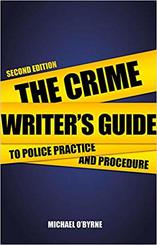
Michael O'Byrne is a former police officer who worked in Hong Kong, and later with the Metropolitan Police (sometimes referred to as New Scotland Yard). Try the second edition of his Crime Writer's Guide to Police Practice and Procedure.
INTERPOL
This is the world’s largest police force with nearly 200 member countries. The Expertise section of its website is rammed with useful and readable information on procedure, technical tools, investigative skills, officer training, fugitive investigations, border management and more.
UK police forces
Police procedure will vary depending on where you live. You can access a list of all UK police force websites here: Police forces, including the British Transport Police, the Central Motorway Policing Group, the Civil Nuclear Constabulary, the Ministry of Defence Police and the Port of Dover Police
An Garda Síochána – Ireland’s national police and security service
The easiest way to navigate the Garda’s website is to head for the home page and scroll down to the sitemap at the bottom. There you’ll find links to information on policing principles, organizational structure, and the history of the service. The Crime section is particularly strong on terminology and procedure.
Legal resources
Lawtons Solicitors’ website has an excellent Knowledge Centre filled with articles on parliamentary acts, offences, criminal charges and police procedure. What are the drug classifications in the UK? and Police Station interviews are just two examples.
Ann Rule’s advice on attending trials is aimed at true-crime writers, but you could use the guidance for fictional inspiration: Breaking Into True Crime: Ann Rule’s 9 Tips for Studying Courtroom Trials.
Crown Prosecution Service (UK): The Crown Prosecution Service (CPS) website provides detailed prosecution guidance for criminal justice professionals. It is extremely dense, and so it should be; it wasn’t designed for novelists! See, for example, the section on Core Foundation Principles for Forensic Science Providers: DNA-17 Profiling. Still, there’s a wealth of information there for those prepared to wade through it.
Department of Justice (USA): The DOJ site offers guidance on the role of the Attorney General, the organizational structure of the department, lots of statistical information, and maps of federal facilities.
- Forensic Science and Beyond: Authenticity, Provenance and Assurance is a free, huge and fascinating study that includes evidence and case studies of forensic science in relation to cybercrime, chemical weapons, victim identification, pharmaceuticals, nuclear forensics, and more. It’s worth a read for plot ideas as much as procedure.
- The Crime Scene Investigator Network claims to be ‘the world’s most popular crime scene investigation and forensic science website’. It’s US-centric, so whether the procedures outlined there will be relevant to your jurisdiction will be worth checking.
Still, the site is easy to navigate and avoids academic jargon. There’s information on evidence collection (blood, semen, firearms residue, drugs, fingerprints, fibres, and so on), photography and procedure, and a collection of articles written by crime scene investigators. Well worth visiting, wherever you’re based. - If you want to know what the UK’s Forensic Science Regulator considers best practice, delve into its current Codes of Practice And Conduct, 2017 and The Control and Avoidance of Contamination in Crime Scene Examination involving DNA Evidence Recovery.
- For additional technical guidance, and to search for more forensics resources, visit the UK government’s Publications and search by keyword. What’s especially useful about these collections is that archived reports are held on file. And that means you can access guidance not only as it stands now, but in the past too.
- The Royal Anthropological Institute has a Code of Practice for Forensic Anthropology that ‘defines the purpose of the forensic anthropology process and the series of steps that must be followed from the time a forensic anthropologist (FA) is notified of involvement in a case until the presentation of findings, whether by report alone or through the provision of evidence in the court room’.
- There are some interesting insights into human taphonomic research (that's body farms to you and me) in this report: The Operation of Body Farms – Learning Points for Setting up a Human Taphonomy Facility in the UK.
- Val McDermid's Forensics: The Anatomy of Crime, published by the Wellcome Collection in 2015, 'traces the history of forensics from its earliest beginnings to the cutting-edge science of the modern day'.
- Introduction to Forensic Science: This is a free online course from the University of Strathclyde via FutureLearn. 'Explore the methods underpinning forensic science, from crime scene investigation to reporting evidential value within a case.'
- Victorian Crime & Punishment includes a prisoner database and case studies of real crimes and trials.
- The National Archives holds historical records of serving officers in the Metropolitan Police and the Royal Irish Constabulary.
- The Police History Society documents police museums, collections, historical societies and related resources.
- US crime writer Jason Lucky Morrow hosts a true-crime blog called Historical Crime Detective. The subtitle is ‘Where Old Crime Does New Time’. That in itself was enough to pull me in! He promises we ‘will discover forgotten crimes and forgotten criminals lost to history. You will not find high profile cases that have been rehashed and retold ad infinitum to ad nauseam.’
- Harvard Injury Control Research Center's web pages related to firearms research offers a wealth of information on gun-related, accidents, ownership, carrying, and bad science.
- Guns Guns Guns is an ‘online directory and forum for those who prize their right to keep and bear arms’. If you want to know something about firearms, the answer’s probably there.
- The Firearms section of the UK government’s website includes statistics on firearms certification and guidance on legal use.
- The ATF: Bureau of Alcohol, Tobacco, Firearms and Explosives (USA) includes a photo gallery of different categories of guns, a code of federal regulations, licensing information in regard to firearms and explosives, and articles about tools and services for law enforcement.
She is an Advanced Professional Member of the Chartered Institute of Editing and Proofreading (CIEP), a member of ACES, a Partner Member of The Alliance of Independent Authors (ALLi), and co-hosts The Editing Podcast.
Visit her business website at Louise Harnby | Fiction Editor & Proofreader, say hello on Twitter at @LouiseHarnby, connect via Facebook and LinkedIn, and check out her books and courses.
BLOG ALERTS
TESTIMONIALS
Dare Rogers
'Louise uses her expertise to hone a story until it's razor sharp, while still allowing the author’s voice to remain dominant.'
Jeff Carson
'I wholeheartedly recommend her services ... Just don’t hire her when I need her.'
J B Turner
'Sincere thanks for a beautiful and elegant piece of work. First class.'
Ayshe Gemedzhy
'What makes her stand out and shine is her ability to immerse herself in your story.'
Salt Publishing
'A million thanks – your mark-up is perfect, as always.'
CATEGORIES
All
Around The World
Audio Books
Author Chat
Author Interviews
Author Platform
Author Resources
Blogging
Book Marketing
Books
Branding
Business Tips
Choosing An Editor
Client Talk
Conscious Language
Core Editorial Skills
Crime Writing
Design And Layout
Dialogue
Editing
Editorial Tips
Editorial Tools
Editors On The Blog
Erotica
Fiction
Fiction Editing
Freelancing
Free Stuff
Getting Noticed
Getting Work
Grammar Links
Guest Writers
Indexing
Indie Authors
Lean Writing
Line Craft
Link Of The Week
Macro Chat
Marketing Tips
Money Talk
Mood And Rhythm
More Macros And Add Ins
Networking
Online Courses
PDF Markup
Podcasting
POV
Proofreading
Proofreading Marks
Publishing
Punctuation
Q&A With Louise
Resources
Roundups
Self Editing
Self Publishing Authors
Sentence Editing
Showing And Telling
Software
Stamps
Starting Out
Story Craft
The Editing Podcast
Training
Types Of Editing
Using Word
Website Tips
Work Choices
Working Onscreen
Working Smart
Writer Resources
Writing
Writing Tips
Writing Tools
ARCHIVES
July 2024
June 2024
May 2024
April 2024
March 2024
October 2023
August 2023
July 2023
June 2023
May 2023
April 2023
March 2023
January 2023
December 2022
November 2022
October 2022
September 2022
August 2022
July 2022
June 2022
May 2022
April 2022
March 2022
February 2022
January 2022
December 2021
November 2021
October 2021
September 2021
August 2021
July 2021
June 2021
May 2021
April 2021
March 2021
February 2021
January 2021
December 2020
November 2020
October 2020
September 2020
August 2020
July 2020
June 2020
May 2020
April 2020
March 2020
February 2020
January 2020
December 2019
November 2019
October 2019
September 2019
August 2019
July 2019
June 2019
May 2019
April 2019
March 2019
February 2019
January 2019
December 2018
November 2018
October 2018
September 2018
August 2018
July 2018
June 2018
May 2018
April 2018
March 2018
February 2018
January 2018
December 2017
November 2017
October 2017
September 2017
August 2017
July 2017
June 2017
May 2017
April 2017
March 2017
February 2017
January 2017
December 2016
November 2016
October 2016
September 2016
June 2016
May 2016
April 2016
March 2016
February 2016
January 2016
December 2015
November 2015
October 2015
September 2015
July 2015
June 2015
May 2015
March 2015
February 2015
January 2015
November 2014
October 2014
September 2014
August 2014
July 2014
June 2014
March 2014
January 2014
November 2013
October 2013
September 2013
August 2013
June 2013
February 2013
January 2013
November 2012
October 2012
September 2012
August 2012
July 2012
June 2012
May 2012
April 2012
March 2012
February 2012
January 2012
December 2011
|
|
|




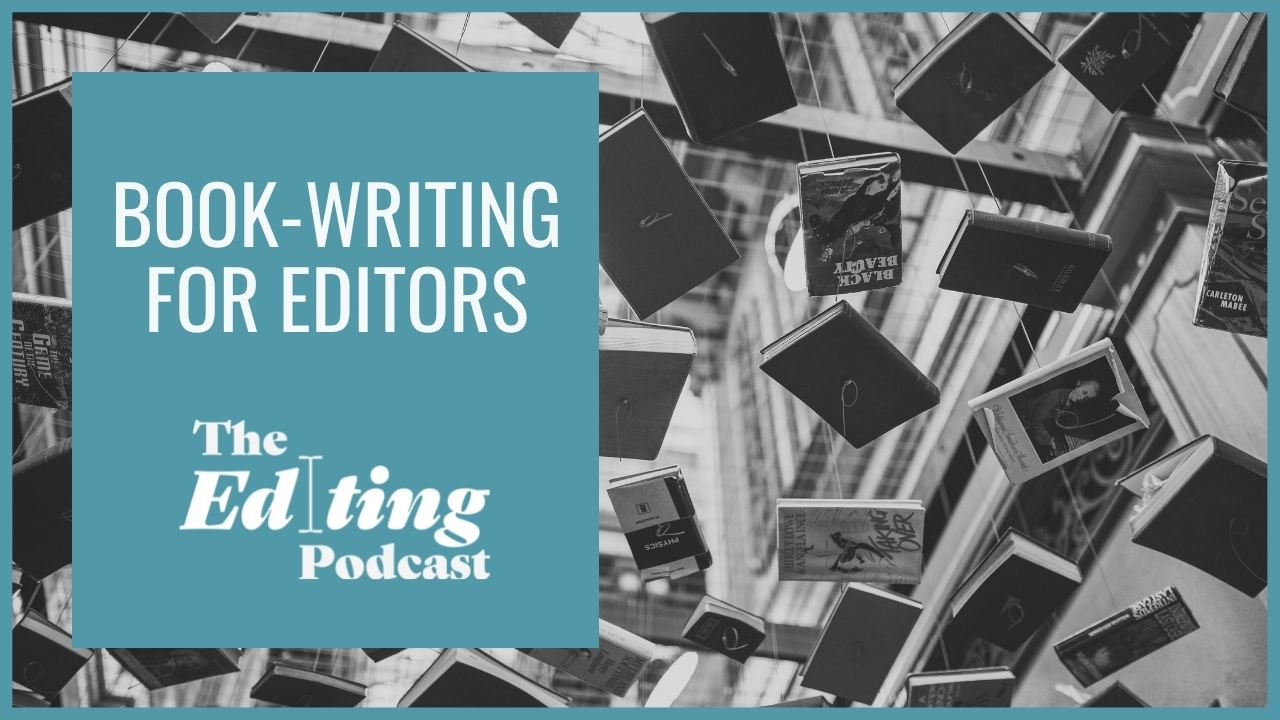
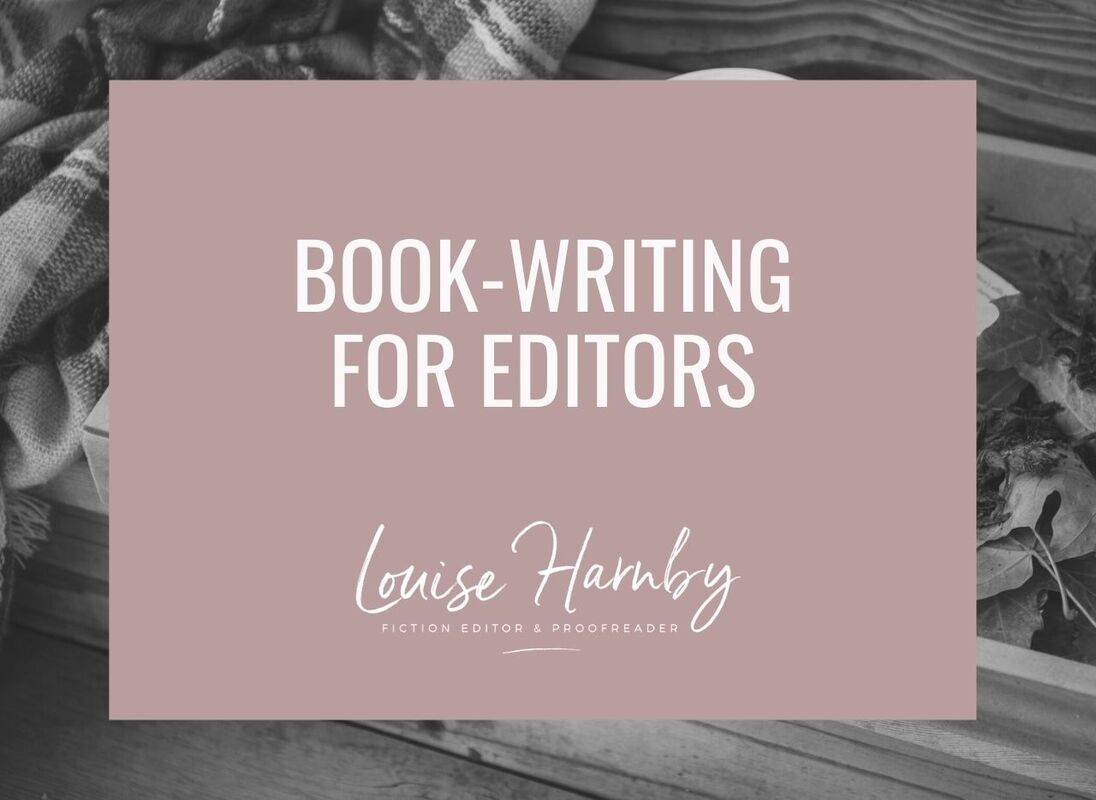
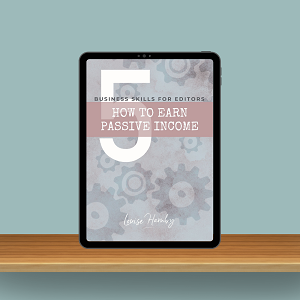
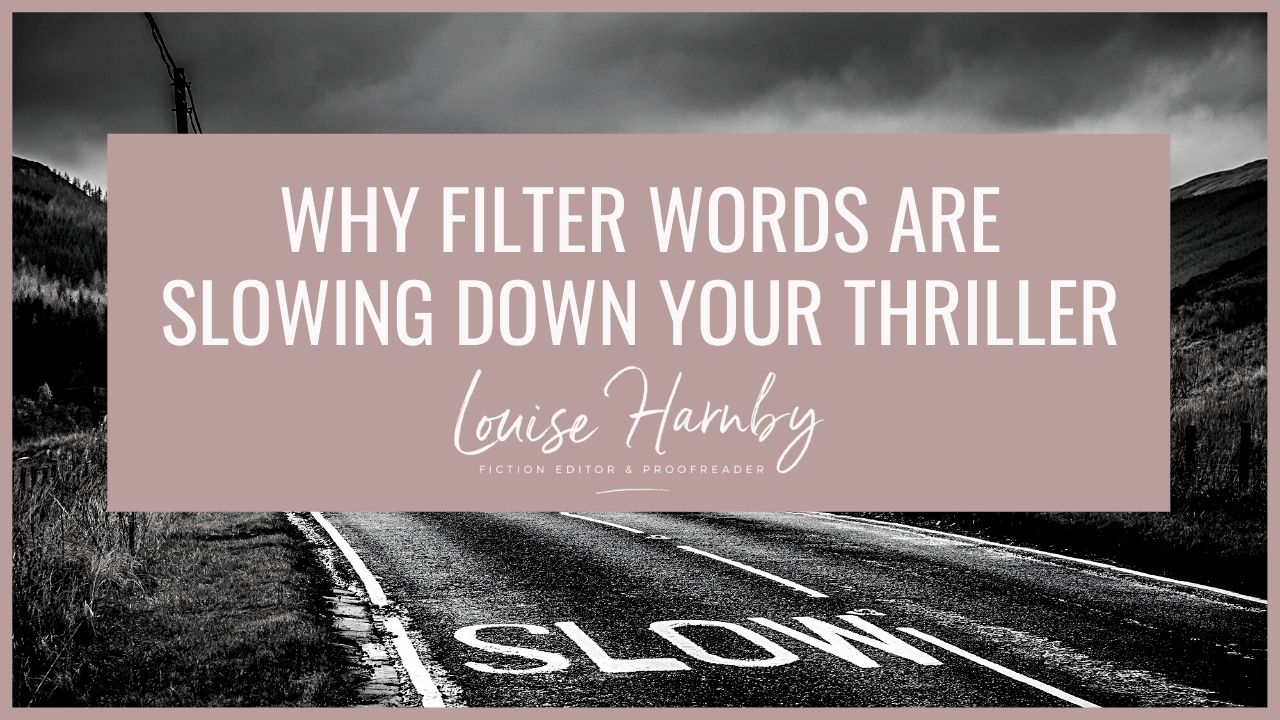
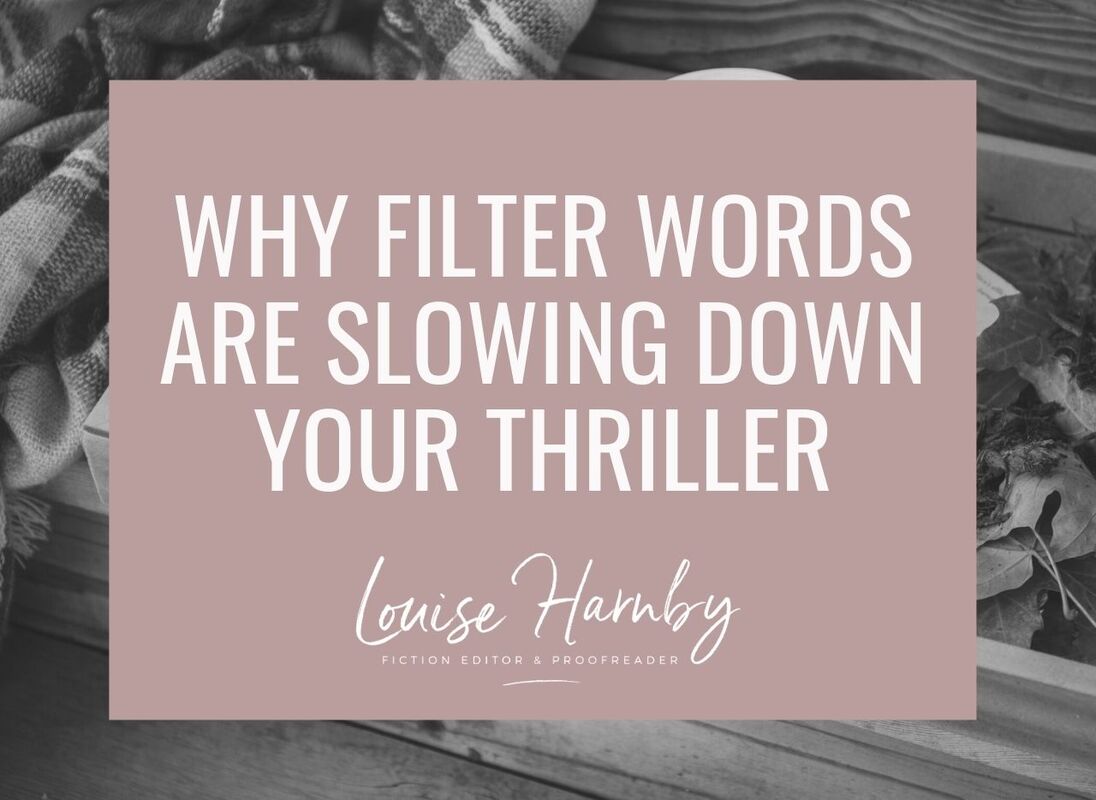



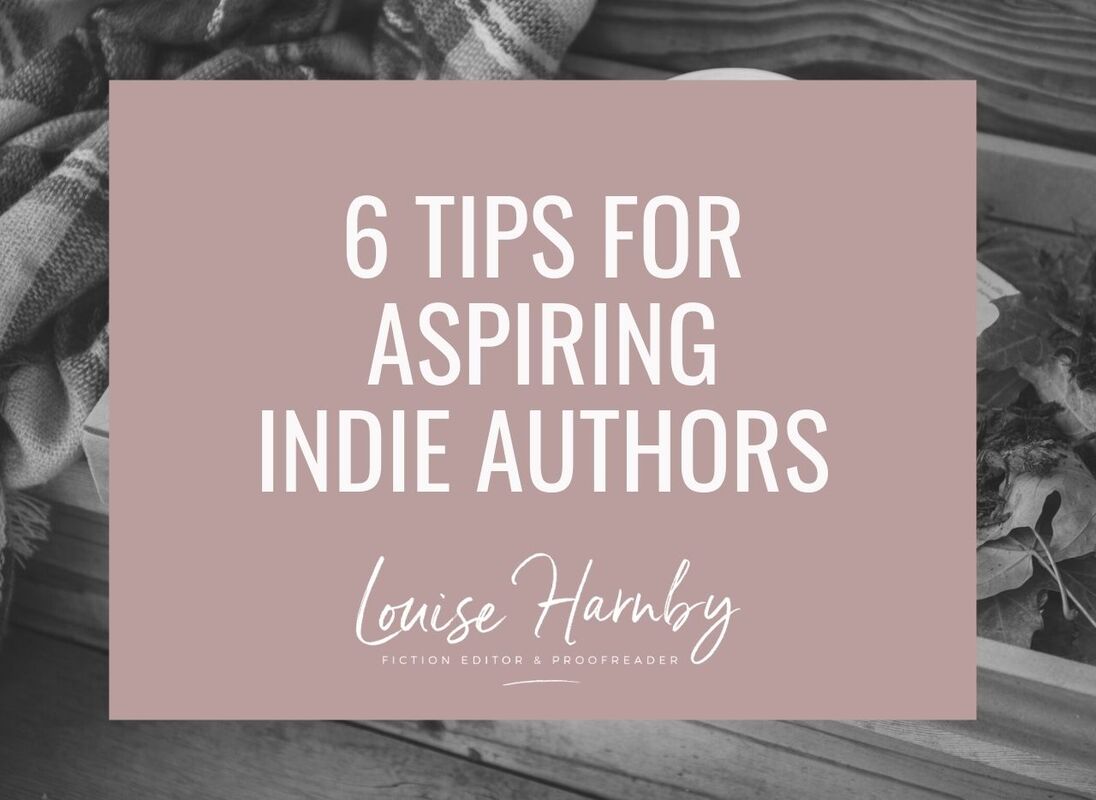
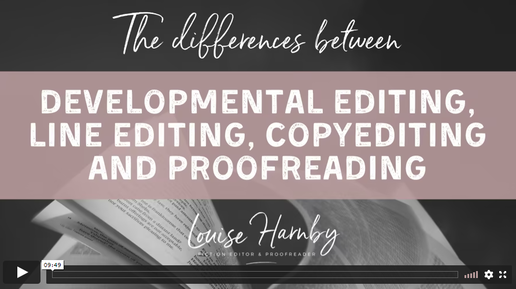
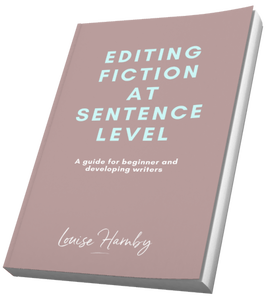
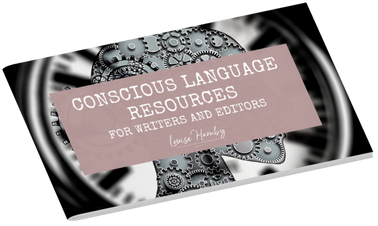
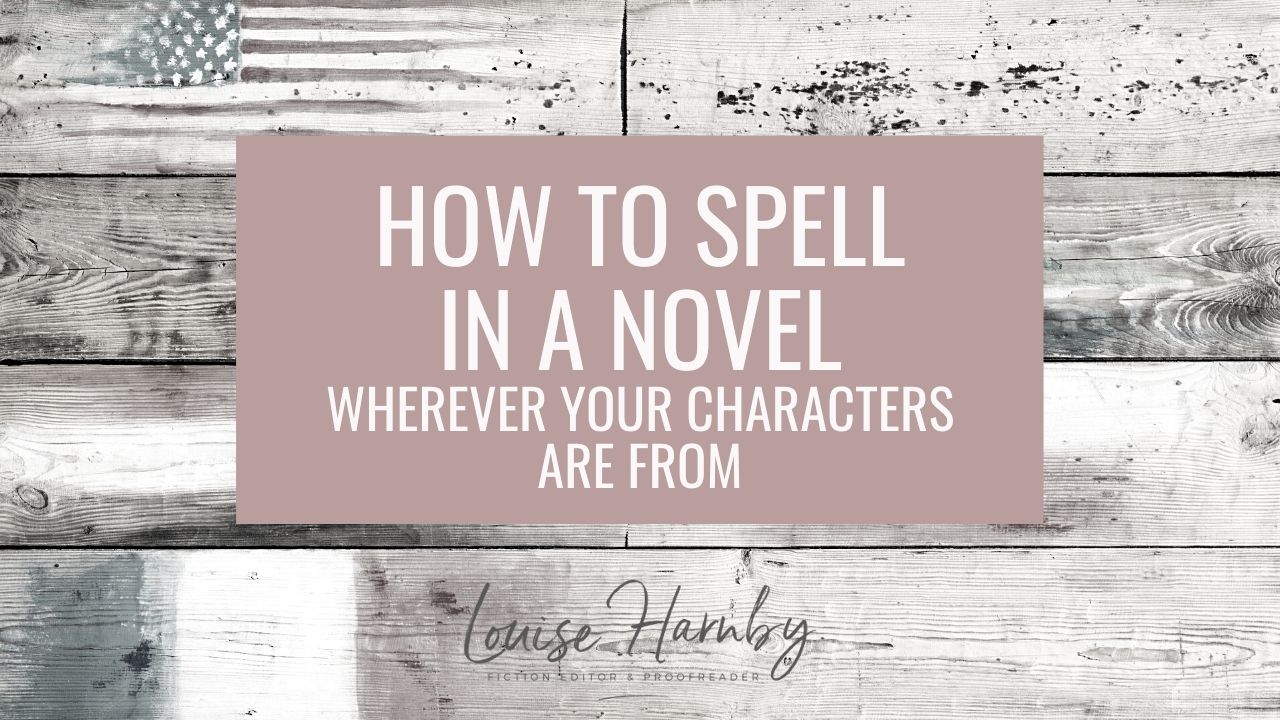
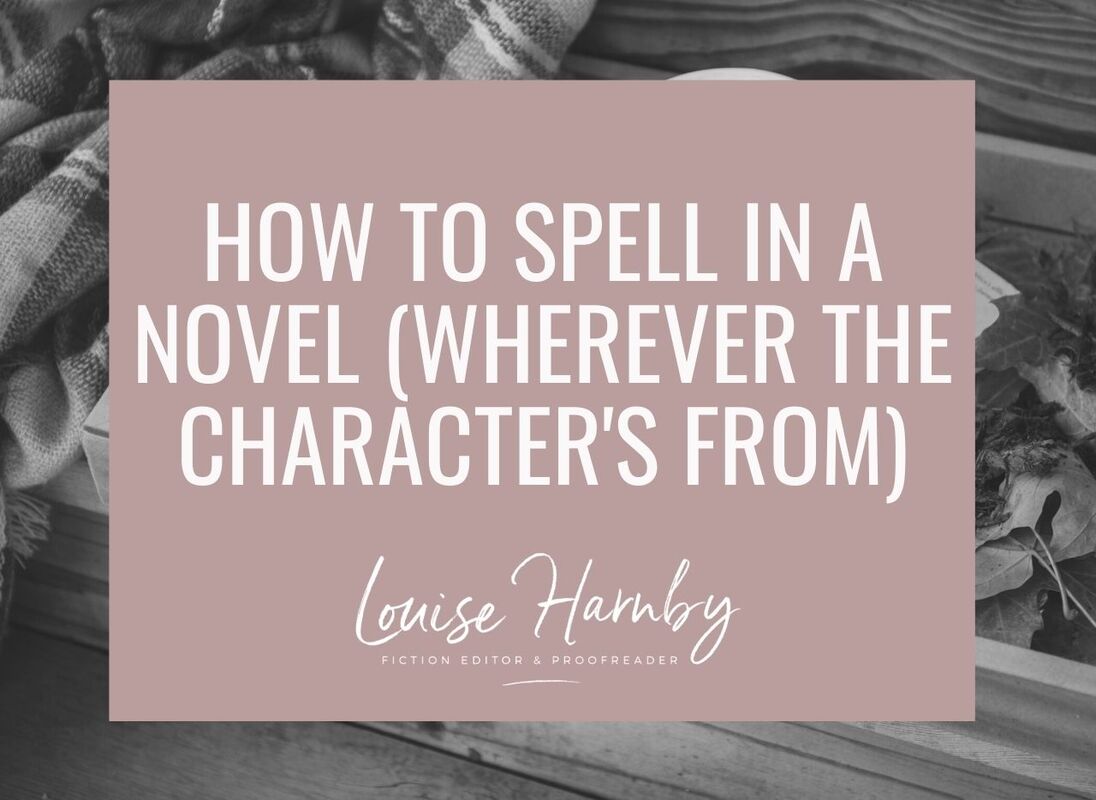


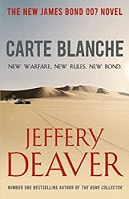
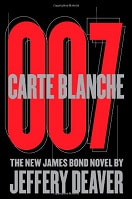





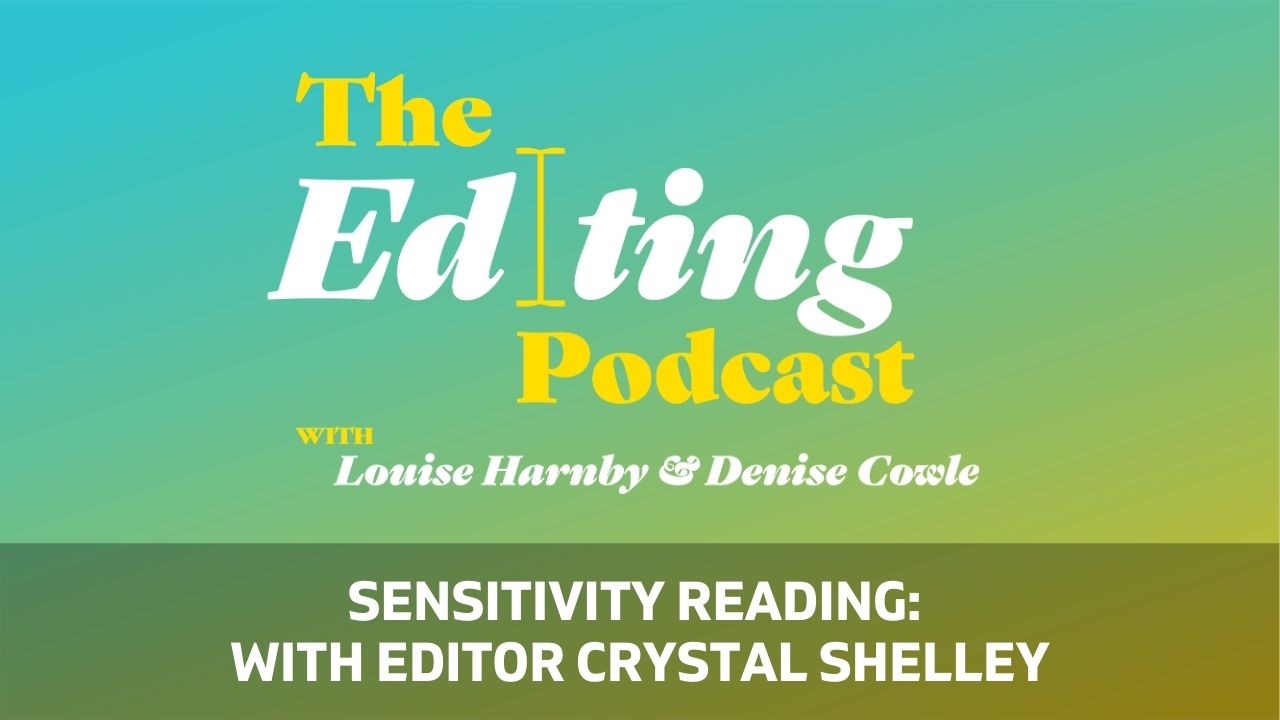
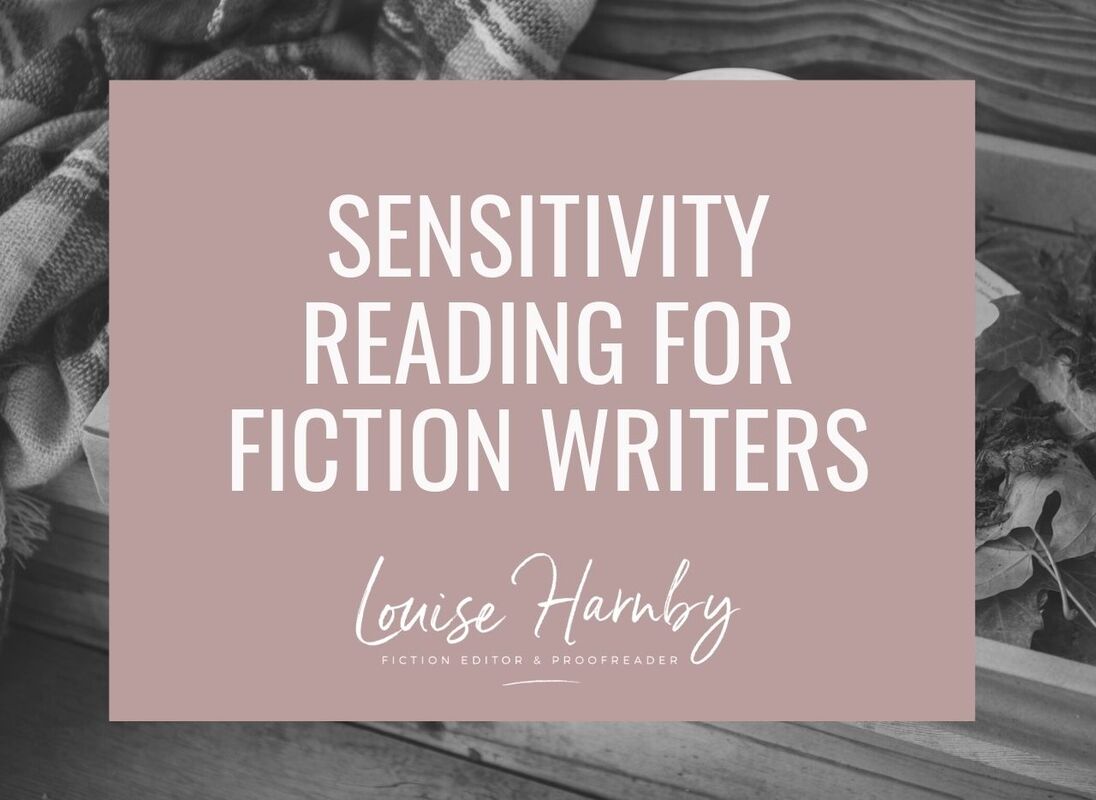
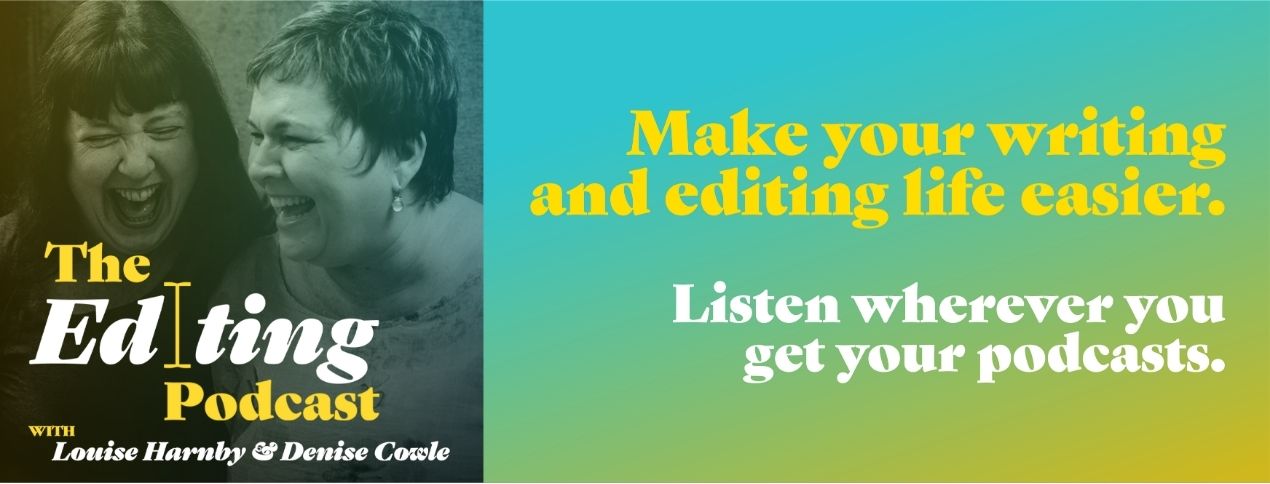
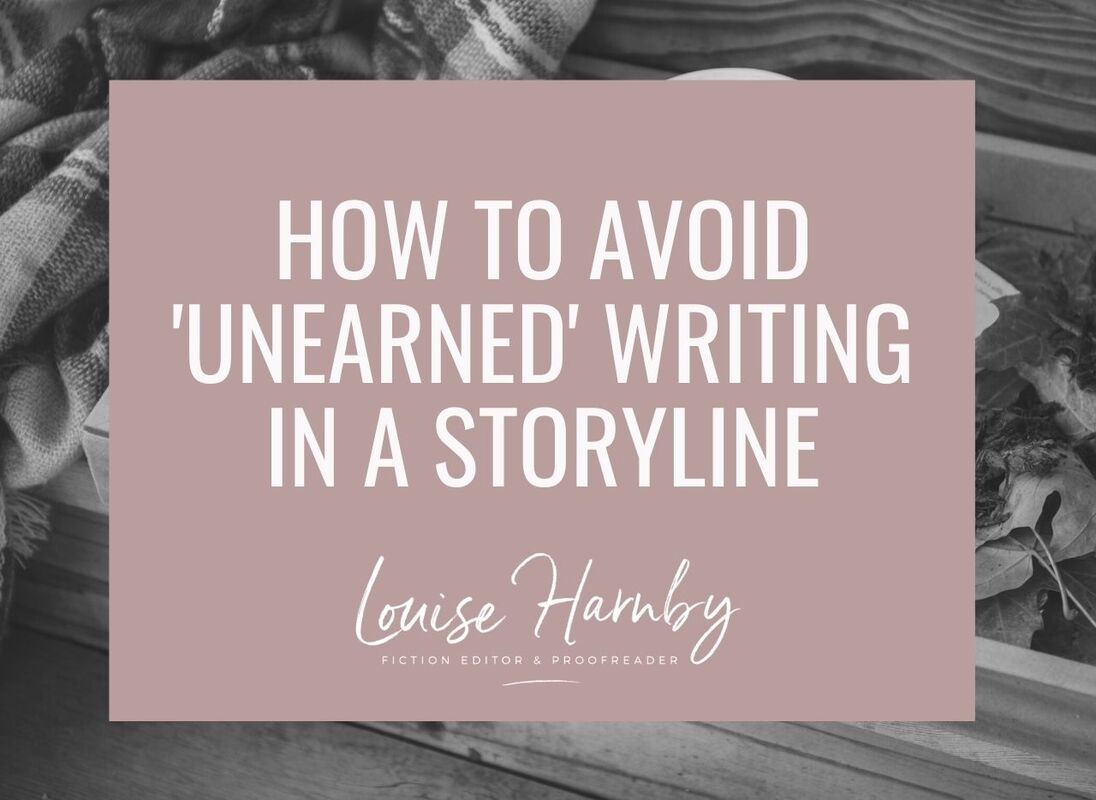

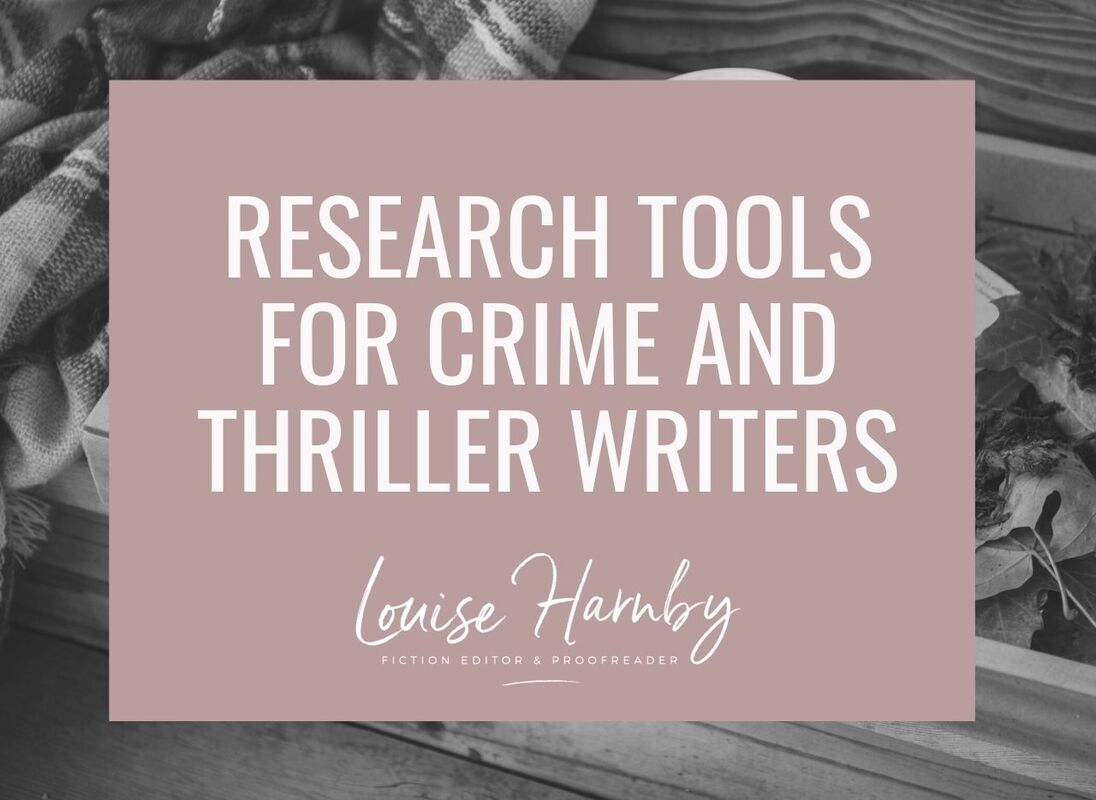

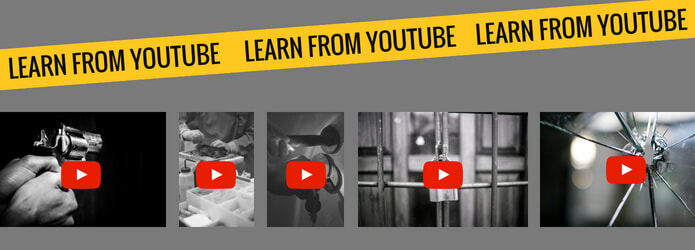


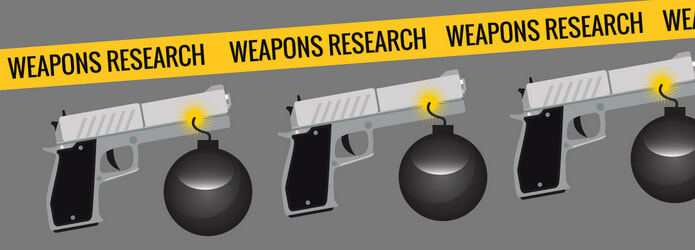













 RSS Feed
RSS Feed





